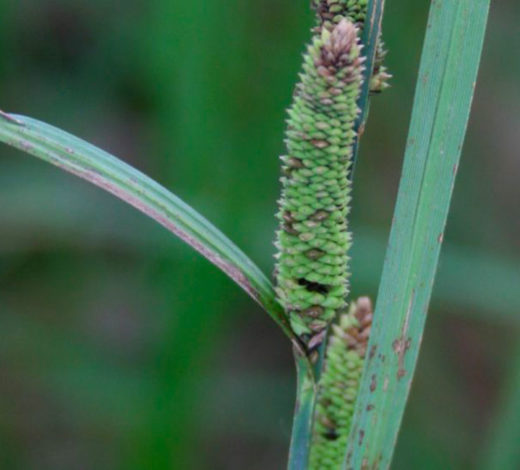Purple Loosestrife
(Lythrum salicaria)
A perennial grassy plant in the Lythraceae family, 30–120 cm tall, with upright stems, either simple or with branches, reddish in colour, hairy, with a square cross section.
Family
Lythraceae
Description
A perennial grassy plant in the Lythraceae family, 30–120 cm tall, with upright stems, either simple or with branches, reddish in colour, hairy, with a square cross section. The leaves are elliptical, heart-shaped at the base and entire margin; those at the bottom are opposite, with the upper ones alternating. The inflorescence consists of a spike at the tip and the flowers have six pink-violet coloured petals. Flowering period: July–August.
Habitat
It grows in damp places — marshes, lakeshores, and rivers — along roads, and in brackish environments.
Uses
It is an officinal and medical species with multiple properties. It was used in centuries past for its astringent properties against dysentery and descriptions in this sense were found in medical books up to the 19th century. It was also used by troops in the First World War to treat typhoid fever. The roots were used in the past to tan hides, while the flowers were used as colourants for both foods and natural fibres (cotton, wool). The buds may be eaten in salads, while the leaves may be used as a tea substitute.
Etymology
The genus name derives from the Greek ‘lythron’ (blood) due to the colour of the flowers and because in the past it was viewed as effective for healing. The species name alludes to the similarity of the leaves with those of some willows.
Observation
They are very common in the Reserve and can be seen along all paths at the edges of marshes and canals.




